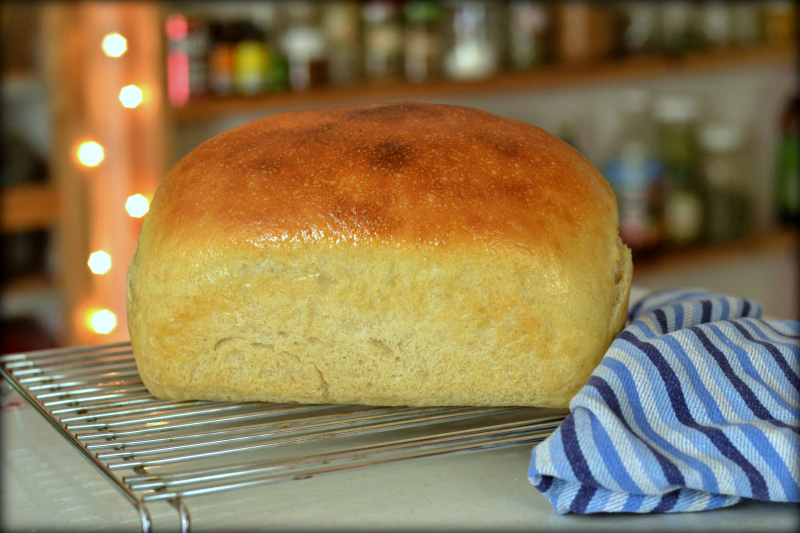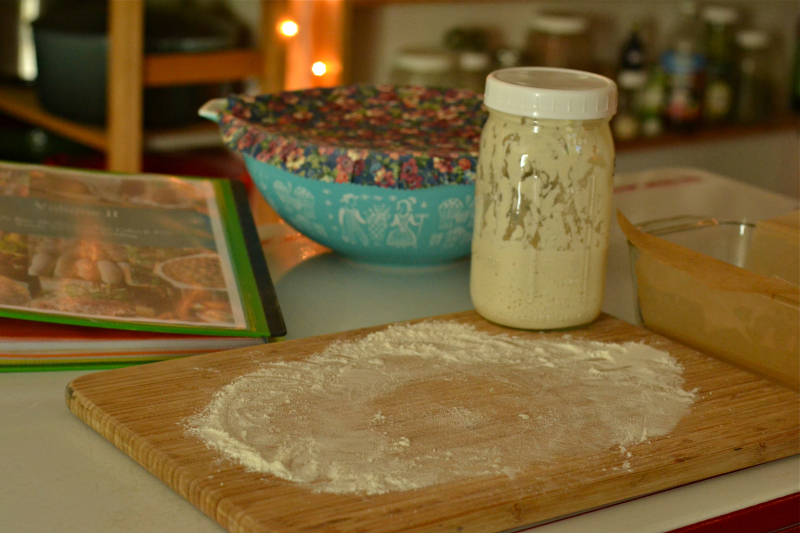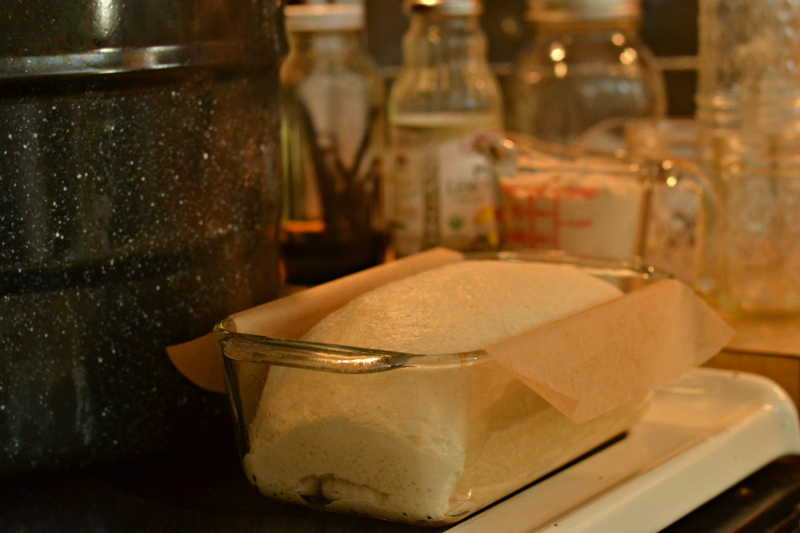I worked in an Italian restaurant for six years in the early 2000s. In that span of time, a grand total of one person came in with special culinary instructions related to gluten. Ina Garten recently commented that it was once easier, and in ways more pleasurable, to cook for friends. She did not say this resentfully, but honestly. My friend is a grassfed raw milk farmer and a while back was at one of her stockists offering free milk samples to their patrons, she listened as person after person politely declined her samples, only to walk down the aisle and collect shelf stable nut, oat, and soy milk shipped in from across the country or further. Anthony Bourdain, gifted writer, masterful storyteller, and iconic chef, felt the best way to learn about people is to step into their life, sit at their table, and enjoy their food.
I think about our food culture a lot, and write on it very little. I figure we're bombarded enough. Who needs one more voice in the mix. Still, I relate to the mother in the restaurant wanting the best for her child; I commiserate with my farmer friend who is just trying to bring food to her community; I've been in Ina's shoes more times than I can count. As for Anthony, I could only hope to relate to a man who's life and work so fully embodied the most ancient of human tenets: Gather intimately, listen carefully, and share food.
It seems the more complicated the food world gets, the simpler my own kitchen becomes. Roast some meat, stew some vegetables. Add butter. What's fermenting? Scoop some of that. If it's the weekend, how about dessert. Rustic fruit tart, please. And if it's a Sunday drive in the country (yes, we do this), you're going to need sandwiches. Don't forget to stop by the farm for a fresh wedge of Dutch Farmstead. If you're lucky enough to take such a drive in September, maybe you'll find a few wild apples to go with that cheese.
______________________________________________________
Today I’d like to share a recipe for soft sourdough sandwich bread. I love a good hole-filled crusty boule, but isn’t it nice to put your egg salad on something that will hold the filling in place and feel soft to the bite? Or what about a soft piece of buttery toast smothered in strawberry jam? Or french toast? This loaf is made with a traditional slow rise, giving plenty of time for fermentation, resulting in a perfect soft canvas to slather some PB&J onto.
This recipe is going to assume you have or know how to make a good sourdough starter. I’ve taught this in one of my classes before, but do not have time to share that whole process today. I was asked to get the sandwich bread recipe to you, so that’s what I’ll focus on. Through trial and error, and by combining favorite elements from a few different recipes, this soft sourdough sandwich loaf was born.

Soft Sourdough Sandwich Loaf
Makes one loaf.
1/2 – 3/4 cup sourdough starter (if starter is runny, add less, thick, add more)
2 tbsp maple syrup (this contributes to the softness of finished loaf)
1 1/2 tsp salt
2 tbsp olive oil or melted butter
1 cup water
3 – 3 1/2 cups all purpose flour (King Arthur or White Whole Wheat from Champlain Valley Milling work great)
1. Mix starter, maple syrup, salt, olive oil and water together in a stand mixer with dough hook (my preference) or by hand. Add flour until dough does not stick to side of mixer bowl (or hands if hand mixing/kneading). Knead dough for about 30 seconds on a floured surface, place in a large oiled bowl, then cover with a damp towel.
2. Allow to rise until at least doubled in size:
- Winter – first rise 12-18 hours/second rise 2-3 hours
- Summer – first rise 6-8 hours/second rise 1-2 hours
3. After the first rise, it's time to shape your loaf. Dump dough onto floured surface. Gently press into a 6×8” rectangle, fold into thirds (like a letter) with long sides in, turn so it is seam side down on the floured board and let sit about 10 minutes. This step is called bench rest and makes your loaf taller.
4. Prep loaf pan. I do this by lightly oiling the pan and adding a piece of parchment that fits just in the bottom and over the long sides (see photo). After the bench rest, turn dough seam side up, press into rectangle again, but this time roll it up, and tuck sides under to make a tidy loaf, then place dough into the loaf pan.
5. Set aside for a second rise (see seasonal times above). Preheat oven to 350ºF. Using your sharpest knife or razor, slash the loaf by slicing a 1" deep line down the length of the bread. This allows for a better rise in the oven.
6. Bake for 25-35 minutes, or until golden brown and hollow sounding when the loaf is thumped. Remove bread from oven and put on a cooling rack. Brush with melted butter. After a couple of minutes, remove bread from pan, discarding parchment, and let cool until room temp or slightly warm. It’s tempting to cut into the loaf fresh from the oven, but it is still cooking as it cools. Give it some time. Enjoy!
Dinner Roll Variation: If you'd like to skip the loaf and make small rolls instead, follow the direction through Step 3, then divide dough into 9-12 round balls. Arranging on a parchment lined baking sheet as you go. Continue with second rise, and bake at 350ºF for about 20-25 minutes. Brush with melted butter once they come out of the oven. Cool slightly before serving.


